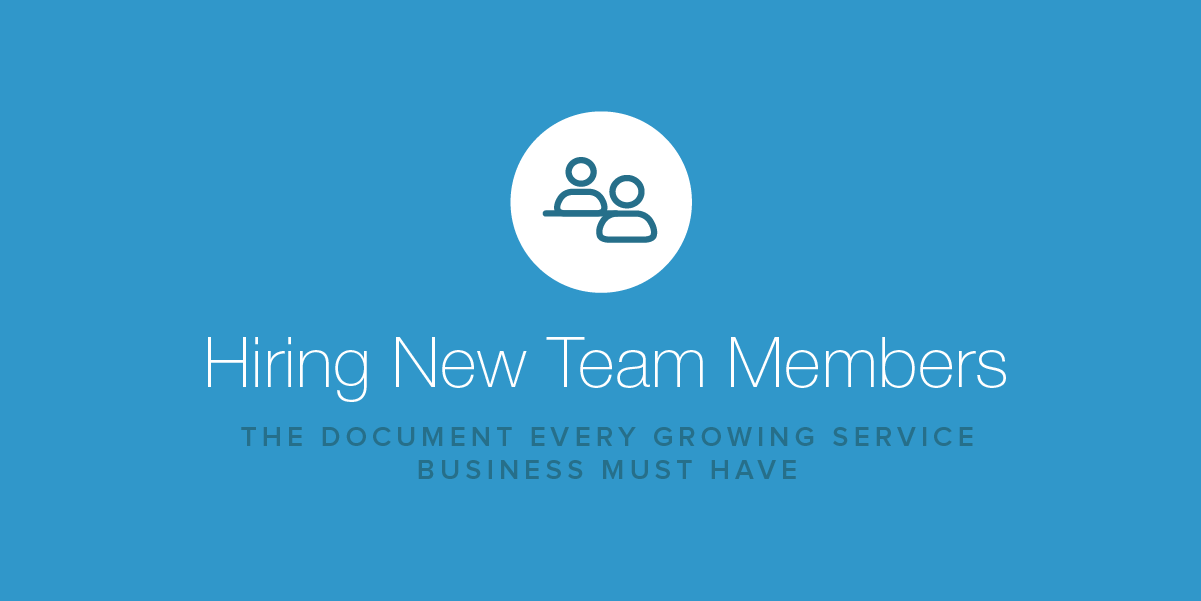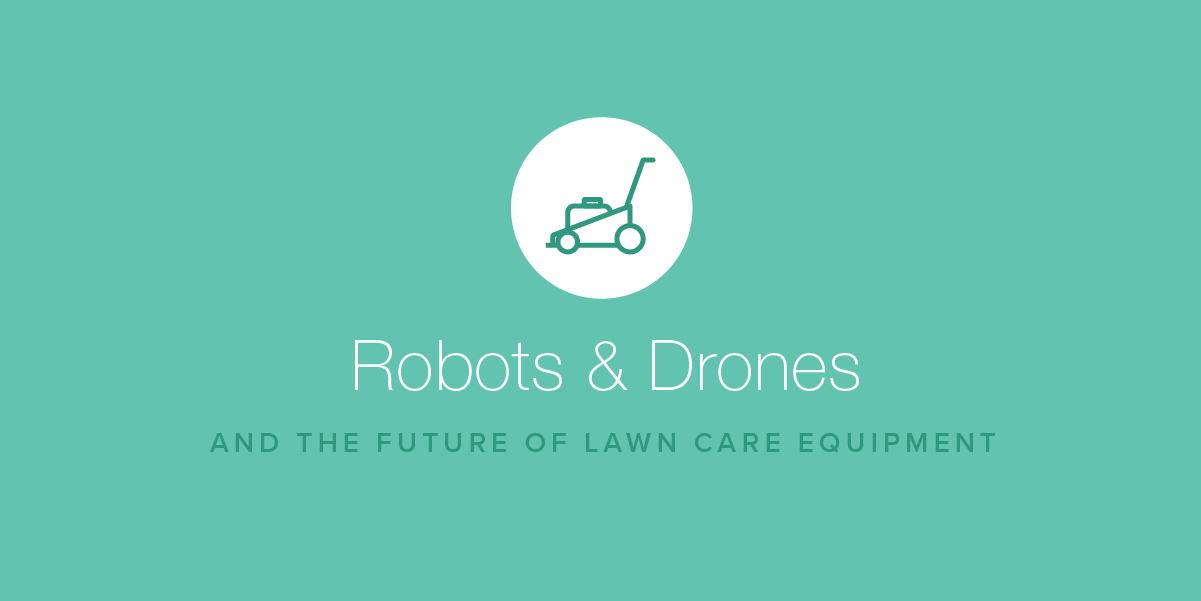The Document Every Service Business MUST Have for Hiring New Team Members
- January 22, 2019
- By: Vonigo
This article about hiring and managing in a service business is by Sharon DeLay, an HR consultant whose firm services businesses all over the Eastern US.

Sharon DeLay
Hiring and managing employees is one of the most challenging things a service business owner can do. What would you give for one simple document that does all the following?
- Provides guidance on the roles and responsibilities of the position
- Allows you to conduct analysis to determine the exemption status of a position
- Presents the framework around which compensation is established
- Sets up the interview questions to fill the position
- Establishes the career path for the individual who fills the position
- Outlines the key expectations, including the work environment and reporting structure, of the job
- Serves as a basic performance review document
- Outlines information necessary for accommodation and leave decisions
- Serves as a barometer of when it’s time to separate a poorly-performing employee from your company
The Job Description
Behold the job description. This much-maligned, often-ignored document plays a critical role in hiring, managing, and separating team members. It should be the cornerstone of any employer-employee relationship long before you make your first hire.
We frequently hear from industries that are considered “high turnover” that developing a job description is a waste of time. When you understand the multiple uses for the job description, you’ll understand why it’s a critical tool for hiring and promoting team members.

Before Your First Hire
Conducting a thorough analysis of what you need a position to do for your business is critical. Start by asking yourself WHY you need this new position. Are you looking for a leader like yourself? Or someone to be part of your team in the field? Remember, there may be services that can do some of the work more cost-effectively and efficiently (bookkeeping, answering telephones, HR, etc.), through contracting rather than hiring.
Questions to Ask When Completing a Job Description
- What tools and resources are needed to do this job? Is the work done primarily on a computer? Will the person operate other tools that require specific training? Will the position need to be able to answer a phone and talk with customers
- What level of education or certification is required and desired to do this job? Very few positions actually require a degree, so be very careful about what you require and desire.
- What supervisory responsibility does this position have and for how many positions? Does the position have to get your approval for all decisions, or does the position have significant decision-making authority?
- What are the physical and environmental conditions? Does the position require a lot of sitting all day? Is the position in a warehouse that requires a lot of walking? Is there a lot of repetitive motion? Objectively assess all the physical and environmental considerations of the job.
- What is the compensation for the position? Salary research based on the roles and responsibilities, as well as the possible job titles, will help you understand the financial impact of the position.
- How will you evaluate and measure whether the person in the position is doing the job to your expectations? Record that information.
Even if you think you have a good handle on the responsibilities in your company, this is still a good analysis to complete. It ensures you have a comprehensive, updated job description to help you respond to the overtime exemption changes expected in 2019.
Writing the Job Description
Once you have completed these questions and answered them objectively, you have the framework for a job description. You have also done an analysis that will help you determine the following:
- Exemption status of the position, or whether you’ll have to pay overtime or not for any hours worked over 40 in any workweek.
- Key responsibilities of the position in any work cycle (daily, weekly, etc.)
- What additional tools you will need to purchase and ensure the level of competency the prospective candidates need.
- The physical and endurance capabilities the position requires. For example, if the position works in confined spaces for a significant part of the day and a candidate discloses that they are claustrophobic, you may not be able to accommodate them.
- A competitive salary for the position that will help you ensure you’re attracting the quality talent you need.
- How you will evaluate the performance of the person who takes the job.
Hiring and Interviewing
A well-defined job description, when summarized, becomes an attractive job posting, as well as the basis for developing your interview process and questions.
For example, if the position requires a candidate to be on the phone quite a bit, you now know that the initial interview should be conducted via telephone to evaluate the candidate’s telephone presence. If the position handles chemicals as a normal part of the job, you can develop an assessment to use during the interview process in which you “quiz” candidates on the appropriate cleaning products to use for certain jobs and how to safely handle them. You can also develop situational interview questions based on actual situations you’ve experienced in the job.
Having a completed and detailed job description to review during the interview also allows you and the candidate to discuss the job and attest to their ability to do it as presented.
After Hiring a New Team Member
A thorough job description becomes an excellent training guideline and performance evaluation tool.
The outline of the job’s responsibilities from a daily, weekly, monthly, quarterly, and annual perspective, means you identified the order in which the person needs to learn the tasks. Now develop a training checklist to reinforce these training tasks and order of completion. This can frequently cut down the time it takes to get an employee performing and generating revenue for your business.
Performance Reviews
Additionally, at your pre-determined evaluation points, you can easily notate with a check or minus sign next to each responsibility whether the new employee has accomplished the tasks. For those tasks that still need to be learned or improved, develop and attach a goals sheet and use it as the basis for any subsequent performance discussions. You have just completed a performance review and documentation in one easy step!
Mastering all the responsibilities of a job description provides a cue for when it’s time for a promotion or expanded duties. This feeds into the career development of your people. Career development opportunities increase engagement and reduce turnover.
When Things Don’t Work Out
You may discover that your new employee just is not achieving a couple of their key responsibilities. No matter what goals you’ve set or additional training you’ve provided (as notated in your review documents above), it may be time to separate from the employee.
A review of the job description and any performance review and goal setting documents will help you determine if it’s time to part ways.
Your investment in the front end of conducting a thorough job analysis, drafting a written document, reviewing it with the new trainee, and then using the job description as a performance evaluation tool, creates a paper trail that should go a long way in helping you fight a wrongful termination claim, should one be brought against you.
When a Promotion is in Order
Much of the same thought behind hiring someone new and promoting someone to a new position applies equally. Investing extra time in developing a job description up front saves you time and effort throughout the tenure of the position when it comes to training, development, documentation, and rewards.
If a team member is meeting and exceeding the criteria set out in the original job description, it may be time to consider promoting them within your company.




